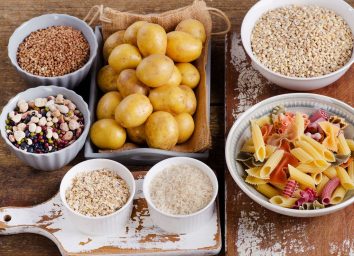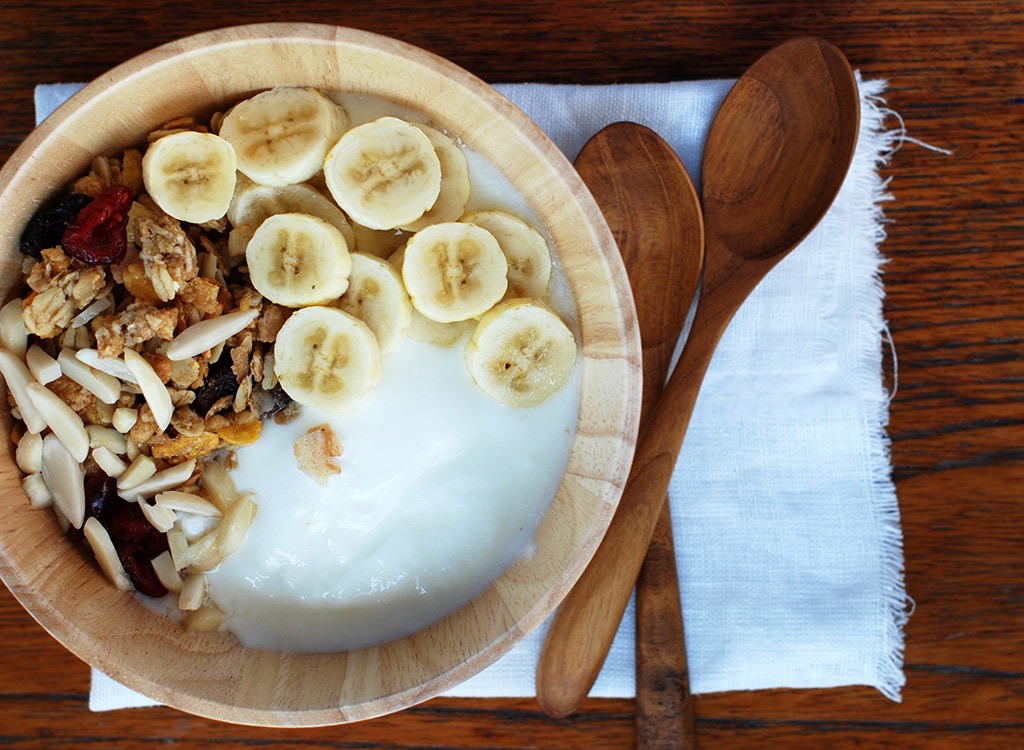
Starchy foods like potatoes and pasta have had horrible reputations among dieters for decades. We’ve been told we must stay away from them if we really want to lose weight—but that’s not exactly the truth. It’s more of a half truth. While some sources of carbs (like the refined variety) can contribute to weight gain, other sources can actually help the scale tip in your favor. And one of the most powerful waist-whittlers of them all is a type of carbohydrate called resistant starch — and it’s been getting a lot of buzz recently.
Resistant starch resists digestion (hence, the name) so it passes through the small intestine without being digested. This feeds healthy gut bacteria, leading to prolonged feelings of fullness and more efficient fat oxidation. In fact, one Critical Reviews in Food Science and Nutrition animal study observed a body fat reduction of up to 45 percent in response to eating resistant starch. If that wasn’t impressive enough, studies also suggest that resistant starch can boost immunity, improve blood sugar control and lower cancer risk.
One Critical Reviews in Food Science and Nutrition animal study observed a body fat reduction of up to 45 percent in response to eating resistant starch.
If weight loss is your primary goal, Cassie Bjork, RD, LD of Healthy Simple Life and Academy of Nutrition and Dietetics Spokesperson, Lori Zanini, RD, CDE, both suggest aiming for 20 grams of the nutrient daily. (There is no official daily recommended intake.) Aim to get your resistant starch from whole foods like potatoes and underripe bananas, say Bjork and Zanini, not a supplement. If you’re not eating much resistant starch currently, it’s a “good idea to gradually add the nutrient into your eating regimen. This will help avoid uncomfortable digestive issues like gas, bloating and constipation,” Bjork adds.
Keep reading to find out which sources of the nutrient are the most potent along with tips on how to add them to your diet. Then, start eating and watch the pounds melt away!
RAW OATS

Resistant starch content: 1/4 cup, 4.4 grams
We know what you’re thinking: How am I supposed to eat oatmeal raw? Won’t that taste awful? Eaten totally plain, yes it will. But raw oats can be used to make homemade energy bites, and they’re really delicious! Simply pulse ¾ cup of oats in a food processor, until it resembles a coarse meal. Then, add ½ cup of walnuts, ½ cup of raisins, ¼ teaspoon of vanilla and a pinch of salt and pulse the mixture until it is thoroughly combined and sticks together. Then, roll the mixture into 1″ balls and store them in the refrigerator in an air-tight container. Paired with some hard boiled eggs or a piece of fruit, these nutrient-packed bites make a great on-the-go breakfast or a quick, healthy snack.
WHITE BEANS
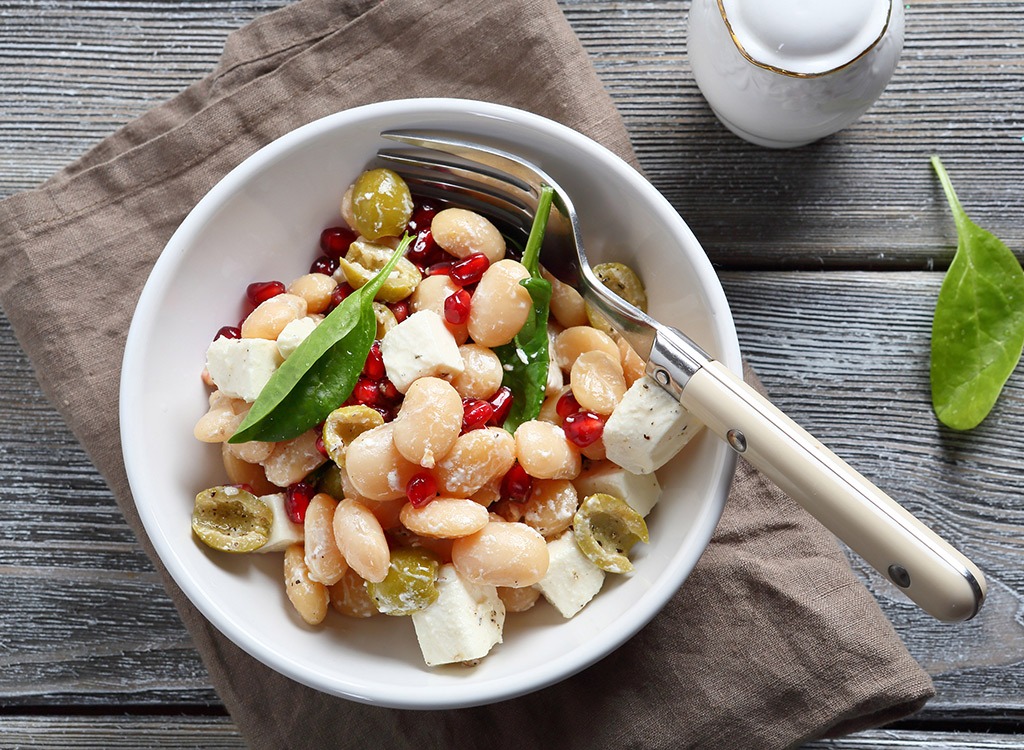
Resistant starch content: 1/2 cup, cooked, 3.7 grams
White beans, more formally referred to as cannellini beans, are native to Tuscany and taste great in rustic-style homemade soups. You can also use them to make a flavorful side dish. Here’s how: Chop and onion and cook it in a saucepan over medium heat with some olive oil. Stir occasionally, until soft and golden and then add minced garlic and crushed red pepper to taste. Cook until this combination is fragrant. Then, add desired amount of cannellini beans and cook until the mixture is heated through. Combine with baby spinach (an underrated superfood that’s healthier than kale), and top with some additional olive oil and fresh lemon juice before serving.
LENTILS
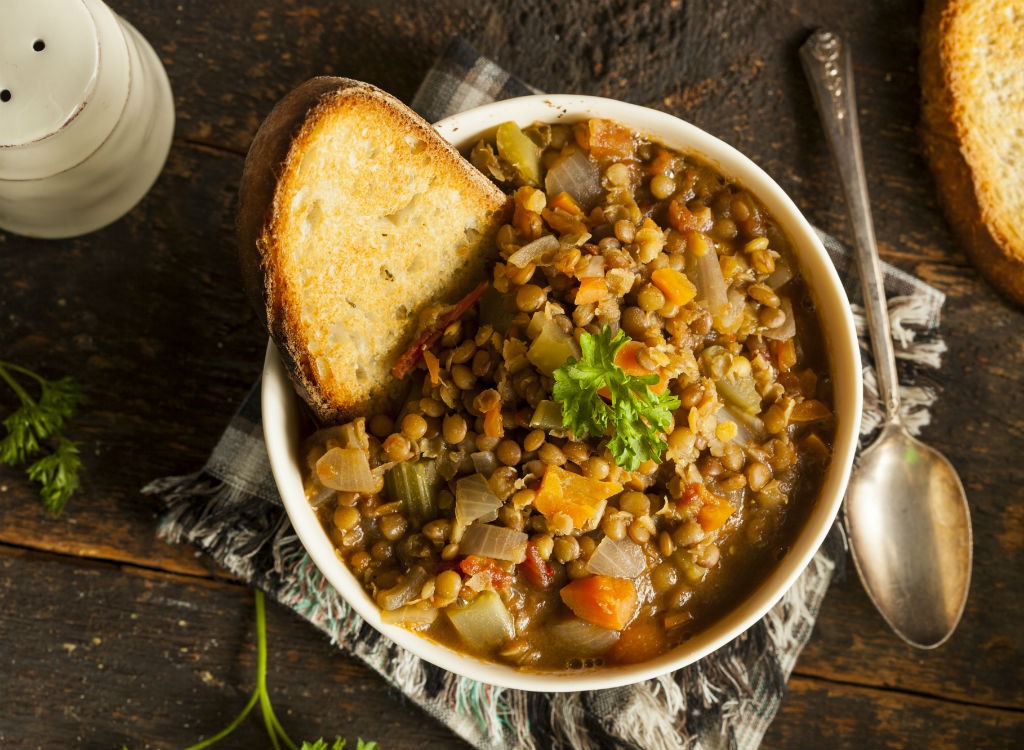
Resistant starch content: 1/2 cup, cooked, 3.4 grams
A half-cup of lentils not only packs 3.4 grams of resistant starch, it also carries nine grams of protein and eight grams of filling fiber, making lentils a delicious fat-fighting triple threat. Not to mention, the legumes are considered to be one of the healthiest foods in the world—and are also really inexpensive! Add chilled lentils into entree-sized salads, use them to make a stew or meat-free patties, or combine them with chopped celery, apple, parsley and lemon juice to enjoy as a refreshing, light side dish.
COLD POTATO
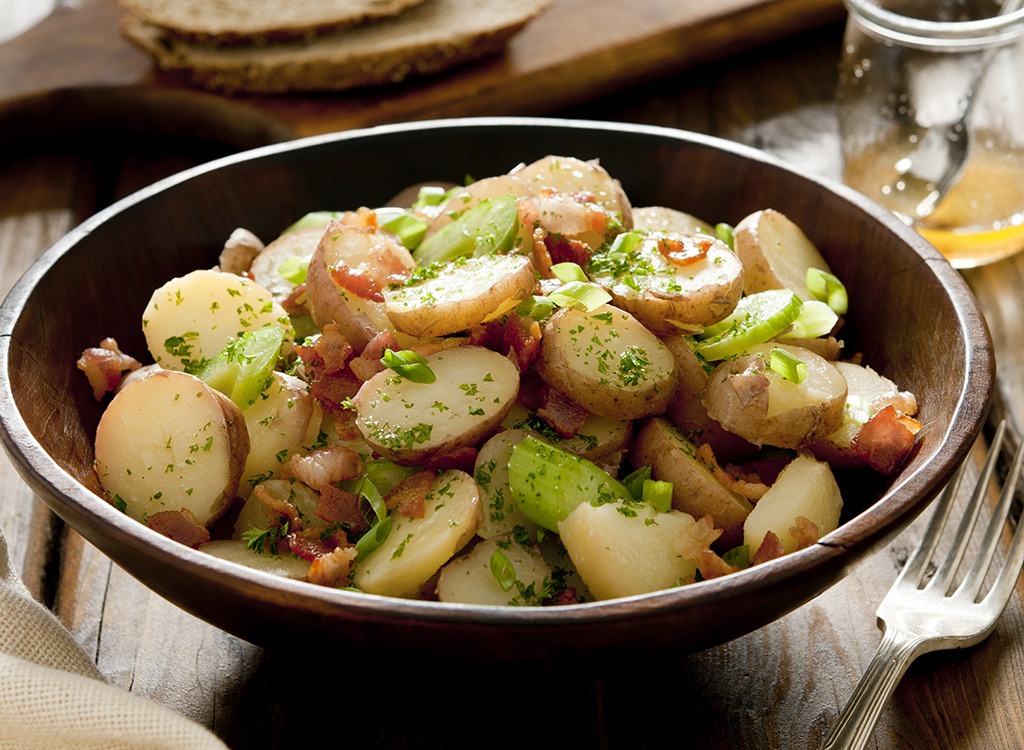
Resistant starch content: 1, medium, 2.5 grams
When potatoes are cooked and then cooled in the refrigerator, their digestible starches convert into resistant starch through a process called retrogradation. In fact, one Iowa State University study reported a 57 percent increase in resistant starch after refrigerating their spuds for 24 hours! If the idea of eating cold spuds plain doesn’t sound too appetizing, consider using them to make a potato salad. Here’s how: After baking Yukon Gold or red potatoes in the oven, allow them to cool and then cut them into small slices. Next, dress them with Dijon mustard, fresh pepper, chopped scallions, dill and plain Greek yogurt (its probiotics can help banish bloat, so it’s a win-win). Then, mix everything together and store in the refrigerator overnight before you dig in!
COLD PASTA
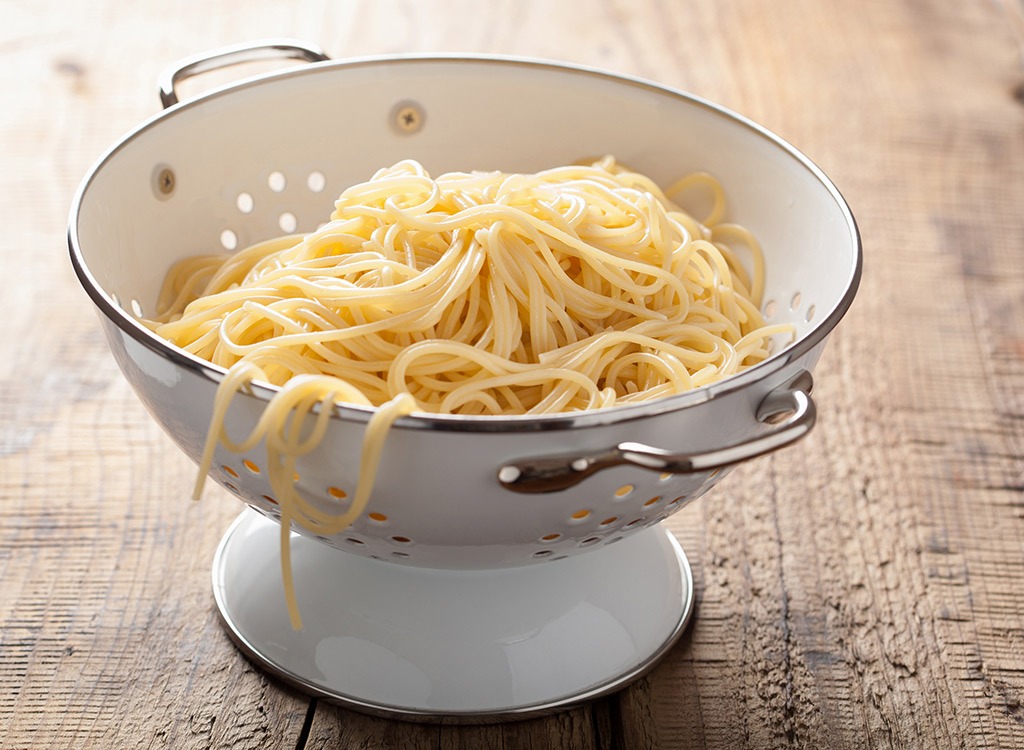
Resistant starch content: 3/4 cup, 1.05 grams
Transform pasta from a diet no-no into a waist-whittling champion simply by placing it in the fridge. When you chill pasta, the drop in temperature changes its chemical structure into resistant starch. Mix chilled noodles with a light Italian dressing, baby spinach, chopped peppers, onions and tomatoes, and watch the weight start to melt away.
UNDERRIPE BANANA
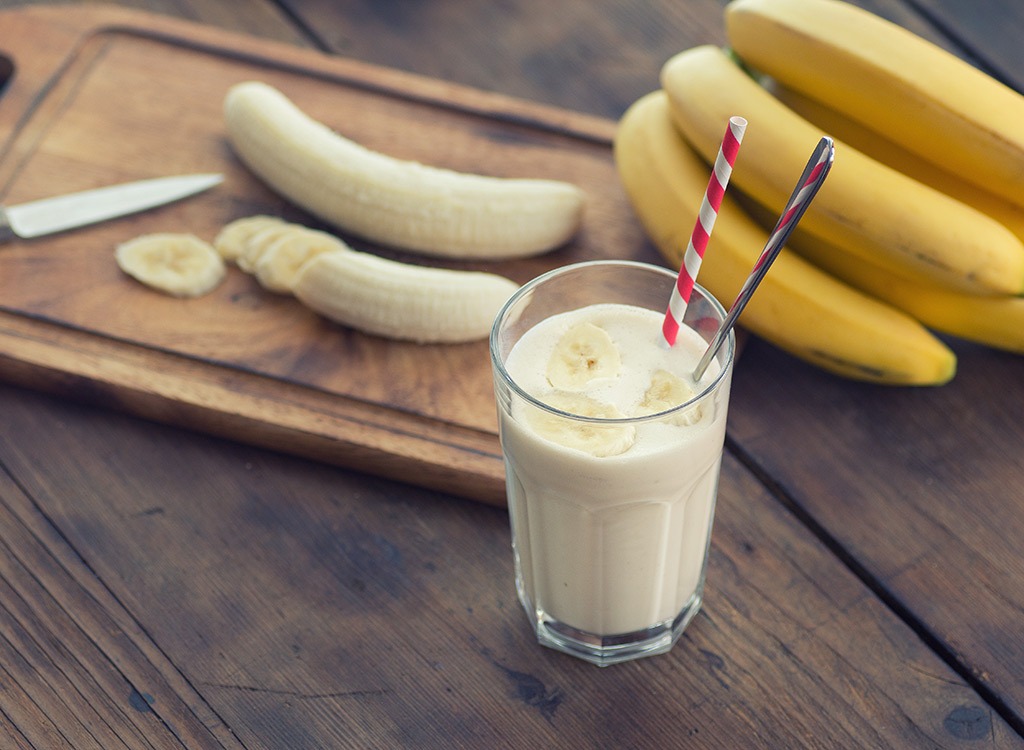
Resistant starch content: 1 medium, 4.7 grams
Prior to ripening, bananas are rich in resistant starch. However, as the fruit yellows, the starch converts into sugar, giving bananas their signature sweet flavor. So the more yellow the fruit is, the less resistant starch it will have. Since underripe bananas are a bit bitter, we suggest adding them into a smoothie with other fruits and veggies to mask the taste (for some blending ideas check out some of our favorite smoothie recipes for weight loss). They also taste great in a yogurt parfait with cinnamon, blueberries, chopped nuts and a touch of honey.
